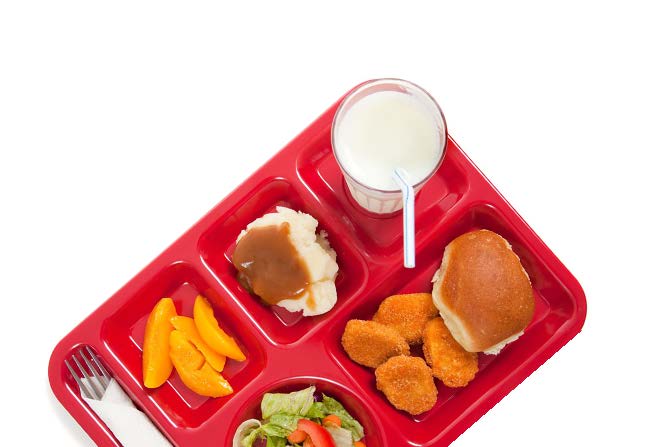
BY MICHAEL MANNING, MD FACAAI, FAAAAI
It is that time of year again: summer is ending, camps are coming to a close, and students across the country are getting ready for their first day of school. It's an exciting and potentially stressful time for families, young children or teenagers starting the next chapter in their lives. But for families with children who have – or suspect they have – food allergies, this time of year can be particularly stressful as they are at higher risk of accidental exposure away from home.
According to Food Allergy Resource & Education (FARE), ( foodallergy.org/life-with-food-allergies/food-allergy-101/facts-and-statistics) a food allergy reaction sends someone to the emergency room every three minutes. Although a person can develop an allergy to just about anything, the most common food allergies are milk, eggs, peanuts, tree nuts, wheat, soy, fish and shellfish.
Although a food allergy can develop at any time in a person's life, including infancy, they are more common in children born into families with a history of allergies, according to Kid's Health. Here a few tips parents and guardians, teachers and administrators should keep in mind to recognize food allergy reactions and help prevent accidental exposure in the classroom.
• Understand what causes a reaction. Food allergy symptoms can occur from eating the allergen, or if the allergen enters the body through the eyes, mouth or nose. Any contact with a food allergen has the potential to result in an allergic reaction.
• Learn what a reaction looks like. Allergic reactions to food can range from mild (e.g., a few hives, tingling around the mouth) to moderate (e.g., multiple hives, wheezing, stomach discomfort or vomiting) to severe (e.g., throat or airway closing, low blood pressure), with the most severe being anaphylaxis. Signs of anaphylaxis include vomiting, chest pain, fainting/unconsciousness, shortness of breath/wheezing, swelling of the lips, tongue or throat, trouble swallowing and changes to skin tone, according to FARE ( f oodallergy.org/education-awareness/communi- ty-resources/your-back-to-school-headquarters/managing-food-allergies-in).
• Set up a meeting with appropriate school administrators before the first day of class. Parents and guardians – especially those with children entering preschool – should ask to meet with the director or principal, along with their child's teacher and school nurse. An in-person discussion with these key people in your child's life before class begins can create a foundation of positive communication and help ease anxiety for everyone.
• Know how to identify and treat allergic reactions. Teachers and school employees should learn how to follow the student's Food Allergy Action Plan, developed by a board-certified allergist. This includes understanding the student's allergies, how to identify symptoms of a reaction and how to treat it. It is especially important for teachers to understand (and practice) how to administer epinephrine – a shot of adrenaline that counteracts symptoms of anaphylaxis – in case of a reaction.
If a student does have a food allergy, it's important for teachers to educate classmates (and classmates' parents) about how to help keep the student safe at school. This can be done without sharing the identity of the student with the allergy. Parents of classmates can help prevent accidental exposure by not including allergens in their own child's lunches and treats brought to the classroom. Parents and guardians of students with allergies can also learn more about oral immunotherapy (OIT), an investigational desensitization treatment for people with food allergies, on the American Academy of Allergy, Asthma and Immunology (AAAAI)'s website at aaaai.org.
ABOUT THE AUTHOR: Michael Manning, MD FACAAI, FAAAAI is affiliated with Medical Research of Arizona Allergy, Asthma and Immunology Associates, Ltd. Scottsdale, AZ.